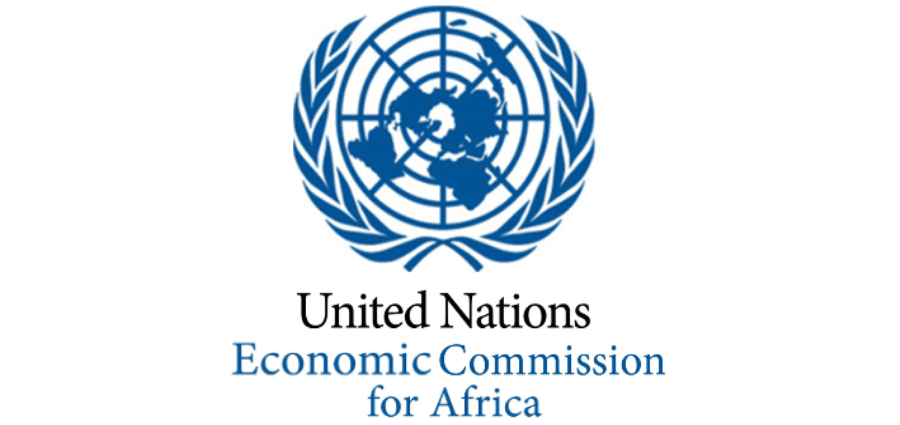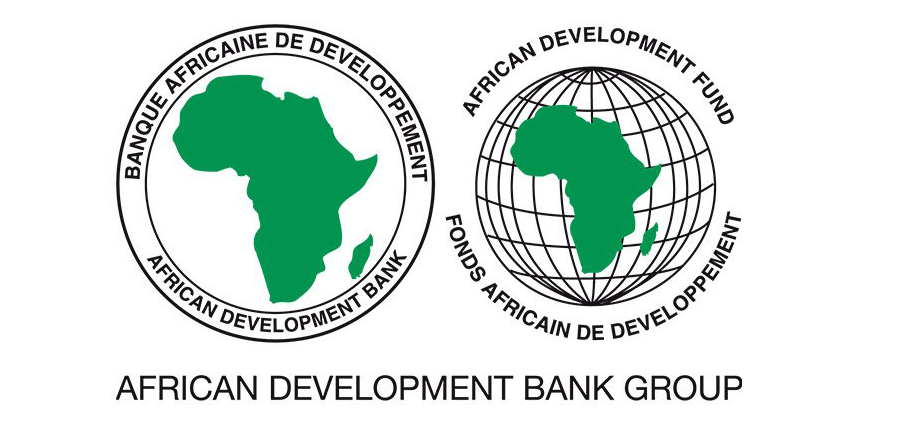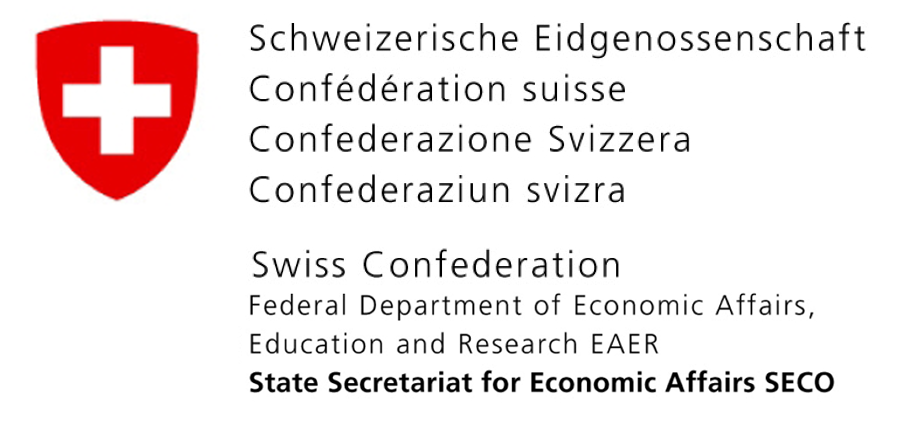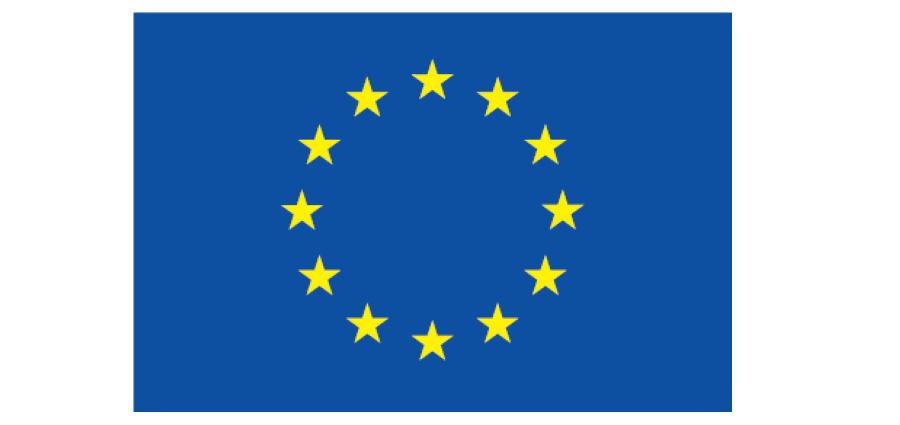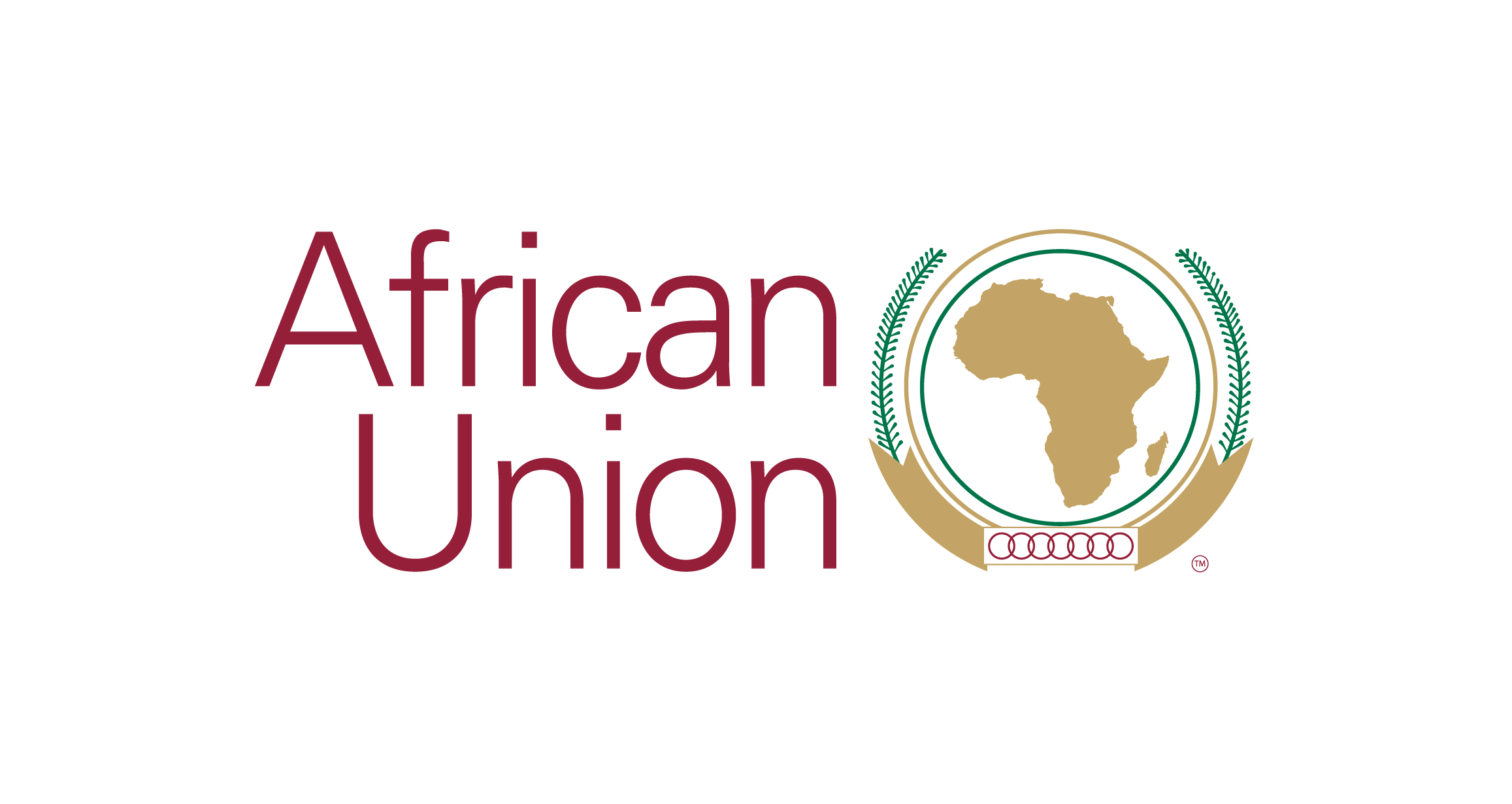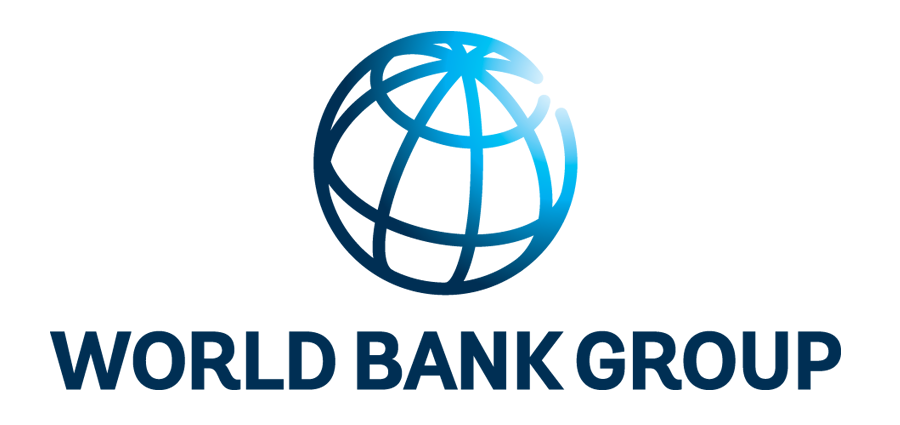Mobility and Accessibility in Urban Areas of Africa
Countries and the development community have shown limited interest to invest significantly in the development of cities and urban mobility in Africa although this interest has started recently to grow. Cities have for the most part been left to their own to deal with uncontrolled growth, and urban transport development challenges are rarely considered in the development strategies. Through the urban mobility and accessibility pillar of the Third Development Plan, SSATP has a unique opportunity to contribute addressing the rapid and uncontrolled urbanization of many African cities by bringing the urban transport agenda together with the urban development agenda to the forefront of sustainable development. It is an opportunity for preemptive actions to slow down degradation of the environment. Failing to act would diminish the positive gains achieved through other initiatives if the share of transport greenhouse gas emissions continues to grow and exceeds savings in other sectors.
However, it is recognized that improving urban mobility is not only about building sustainable transport infrastructure, but doing it with a clear goal established and in a manner that is systematic and well integrated with overall city planning. Otherwise, investments tend to become sub-optimal and further delays will mean that cities will be locked into land-use and industry patterns that are very difficult to reverse.
Against this background, interventions in the urban mobility and accessibility pillar are structured along the following four objectives of the EASI conceptual framework, which underpins the urban mobility and accessibility policy developed during SSATP's Second Development Plan.
|
EASI conceptual framework |
Policy options |
|
|
Enable |
To establish an efficient and responsible governance system, capable of anticipating needs, guiding action and ensuring integrated management and development of urban transport systems. |
Set of 20 policy recommendations to support sustainable accessibility and mobility in urban areas of Africa |
|
Avoid / Reduce |
To minimize the need for individual motorized travel through adequate land-use and transport planning and management. |
|
|
Shift / Maintain |
To maintain or increase the modal shares of public transport and non-motorized transport modes such as walking and cycling. |
|
|
Improve |
To improve the efficiency and safety of transport modes while minimizing their environmental footprint. |
|
The EASI policy framework is proposed to be implemented through a set of 20 policy recommendations aimed at policy and decision-makers in charge of urban areas and transport systems in Africa. Countries and cities design their own policies by selecting the recommendations which address their specific issues and challenges.
During the DP3, SSATP will support countries and cities in the following seven priority areas selected according to their relevance with respect to SSATP's mission and the added value that can be provided by SSATP:
- most effective outcomes;
- best complementarity with other programs/initiatives; and
- visible impact within the limited timeframe of the DP3.
|
EASI |
Policy recommendations |
|
Enable |
Set up an entity in charge of urban transport planning and of guiding and coordinating public action aimed at the provision of the multimodal urban transport system. |
|
Increase available financial resources allocated to urban transport systems and to ensure the availability of long-term funding for urban transport. |
|
|
Avoid |
Plan for urban forms and land use that minimize the need for individual motorized travel and promote public transport and non-motorized transport modes. |
|
Shift |
Adopt and systematically introduce, at all levels and scales, a multimodal approach to the development and management of urban transport systems. |
|
Develop and maintain for each urban area a pedestrian network that is continuous, safe and accessible for all throughout the day; and to develop and maintain bicycle paths with similar characteristics. |
|
|
Enhance the level of service provided by paratransit operators by way of full integration in the public transport system, which requires to restructure, modernize and promote paratransit. |
|
|
Improve |
Improve planning, operation and maintenance of urban roads taking into account and balancing the needs of all transport modes, keeping the use of individual motorized vehicles under check. |
Following are the DP3 urban mobility pillar proposed activities:
- six activities in knowledge creation: K1 to K6
- one activity in advocacy and dissemination: A&D
- six activities in capacity building: T and C1, C2, C4, C5 and C6
|
Knowledge |
Capacity building |
||||||
|
Out-comes |
Intervention fields |
Fostering research programs |
Case studies; technical notes |
Guidelines & definition of methodologies |
Conferences or dissemination events |
Training |
Capacity development focused activity |
|
E |
Entity in charge of urban transport planning |
K1 |
A & D advocacy & dissemination |
C1 |
|||
|
Financial resources |
K2 |
K2 |
C2 |
||||
|
A |
Urban forms |
K3 |
|||||
|
S |
Multimodal approach |
K4 |
T training |
C4 |
|||
|
Pedestrian network |
K4 |
||||||
|
Paratransit |
K5 |
C5 |
|||||
|
I |
Traffic management |
K6 |
K6 |
C6 |
|||
Activity K1: Develop and publish guidelines to support the establishment of entities in charge of urban transport planning, management and coordination with all stakeholders
Activity K2: Develop and publish guidelines to support sustainable financing mechanisms
Activity K3: Foster Africa-based research on urban forms in Africa as a potential main lever for reducing travel needs in urban areas
Activity K4: Develop and publish guidelines to support a multimodal approach to the development and management of urban transport systems and promote non-motorised transport modes
Activity K5: Develop and publish guidelines to support restructuring and modernization of informal public transport operators
Activity K6: Develop and publish guidelines to support planning and implementation of efficient traffic and parking management
Activity A & D: Organize a conference and workshop cycle to build ownership of policy measures and support the dissemination of K-actions
Activities C: Focused capacity development activities to support knowledge application in selected cities
Activity T: Practical training to support knowledge application in selected cities on:
- planning issues > multimodal approach
- practical issues > public transport
- practical issues > road design and traffic management
During the SSATP annual meeting which took place in Nairobi on October 13, 2014, a working group gathering African countries identified priorities for 2015 within the 4-year program developed around the EASI concept. The working group recognized that the four aspects of the EASI framework are important for SSATP, but that the “Enable” component should be given priority in the early years of the DP3. In particular, there is a strong demand for activities which strengthen management capacity. The following five activities were recommended as priorities for 2015:
Knowledge creation
- Develop and publish guidelines to support the establishment of an entity in charge of urban transport planning, management and coordination with all stakeholders.
- Develop and publish guidelines to support the establishment of sustainable financing mechanisms for urban transport systems.
- Develop and publish guidelines to support planning and implementation of efficient traffic and parking management.
Capacity Building
- Guidance on the establishment of a multimodal approach to the development and management of urban transport systems (1-2 cities).
Advocacy & Dissemination
- Organize a conference and workshop cycle to build ownership of policy measures and support the dissemination of the guidelines and the results of research projects.

